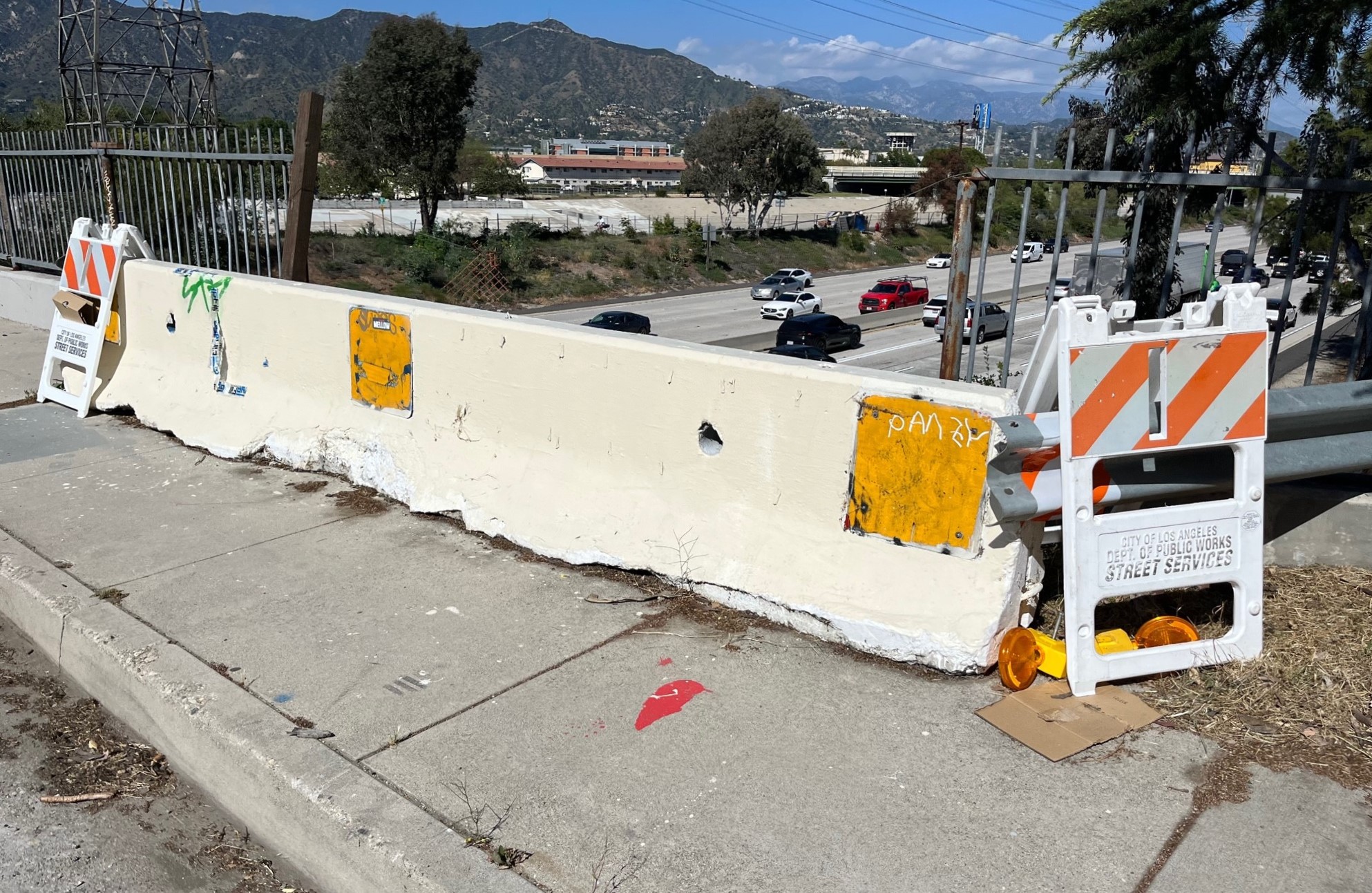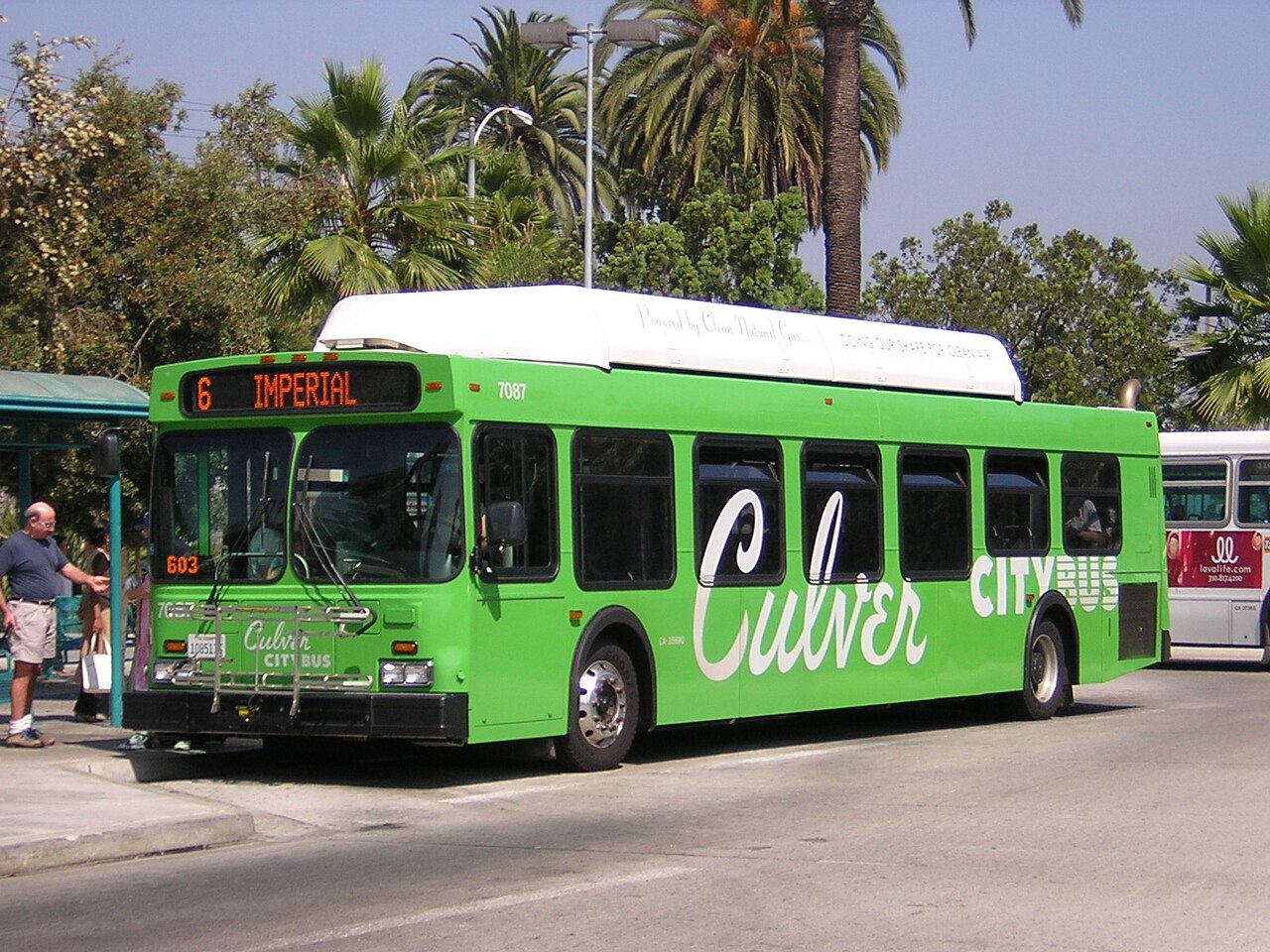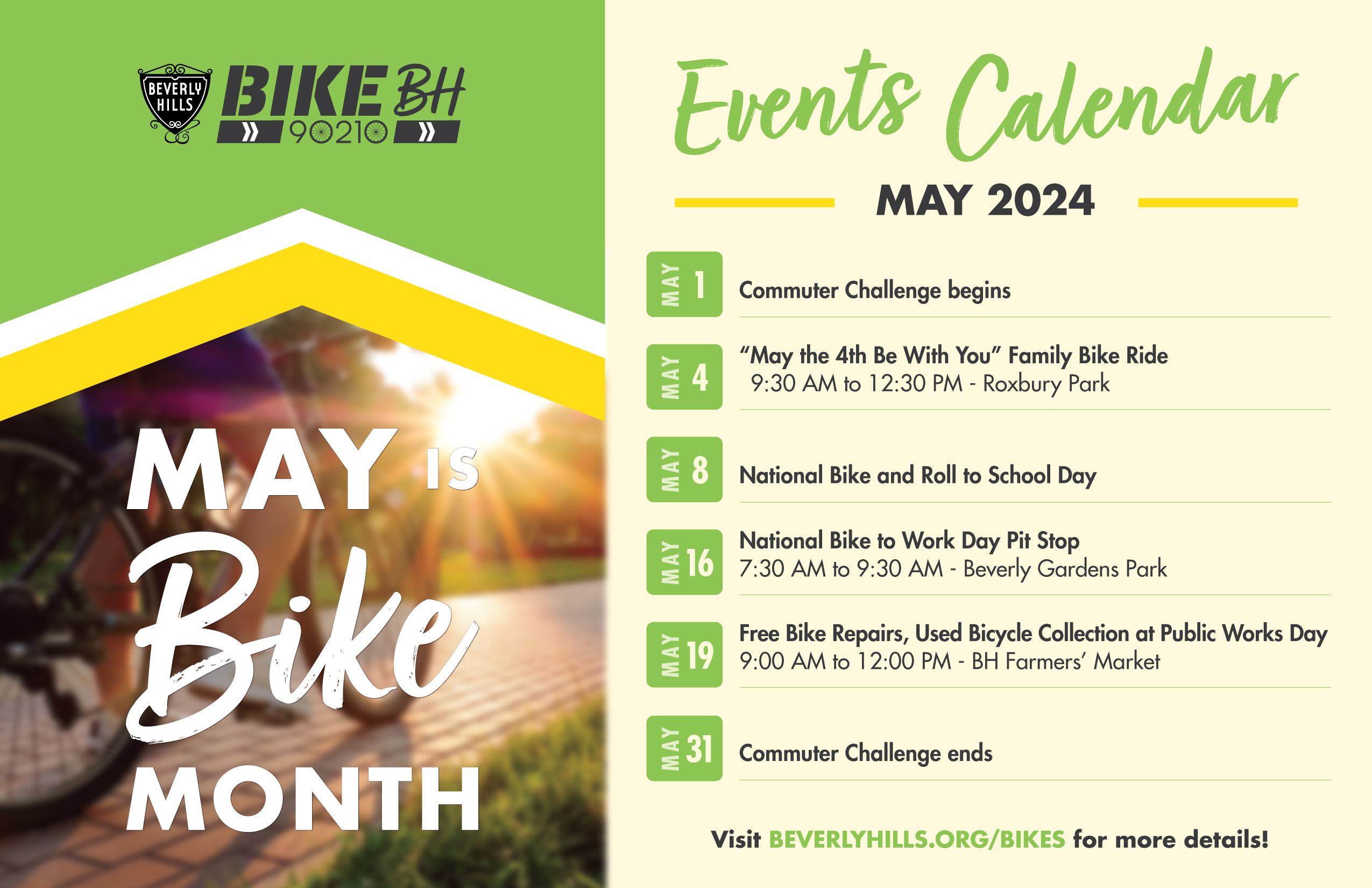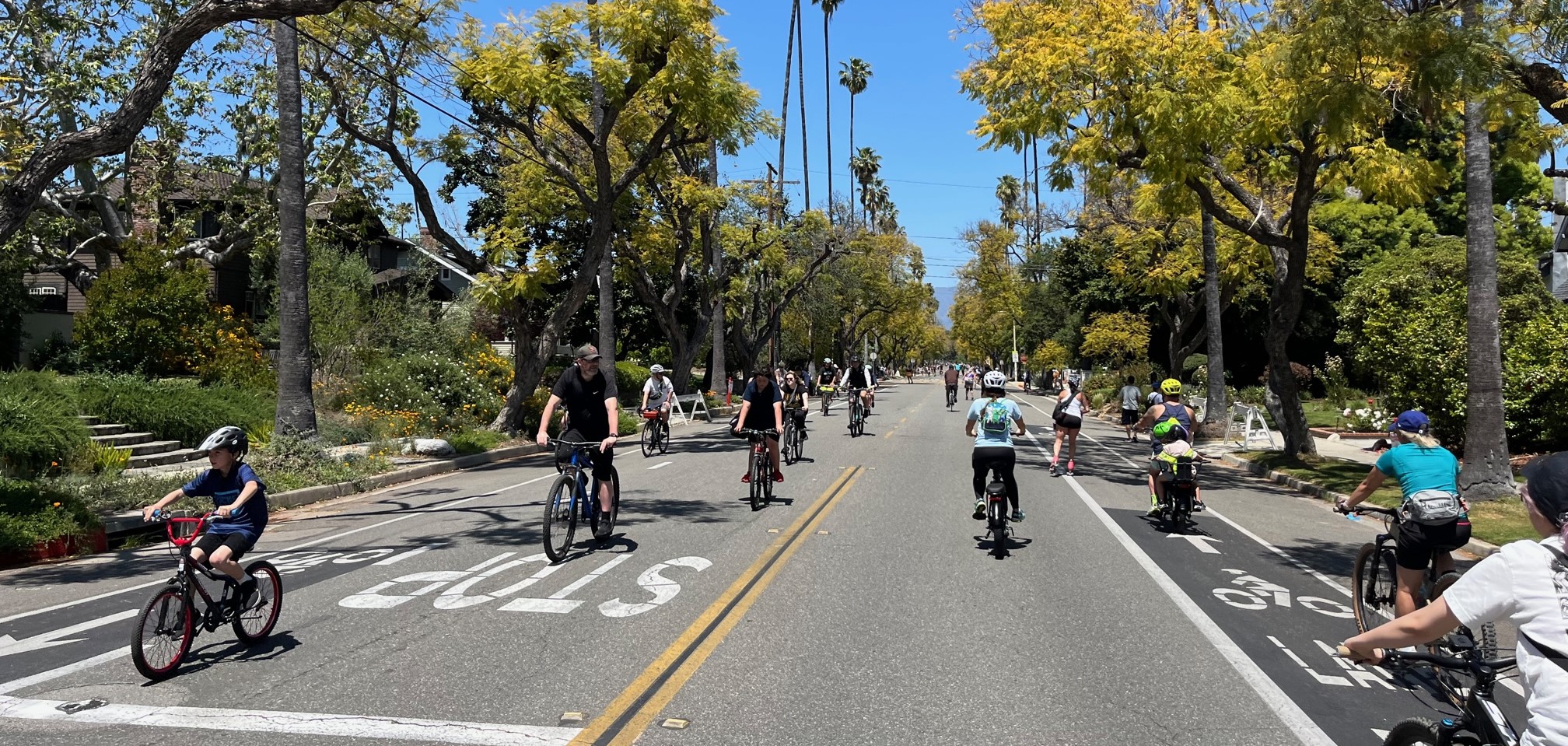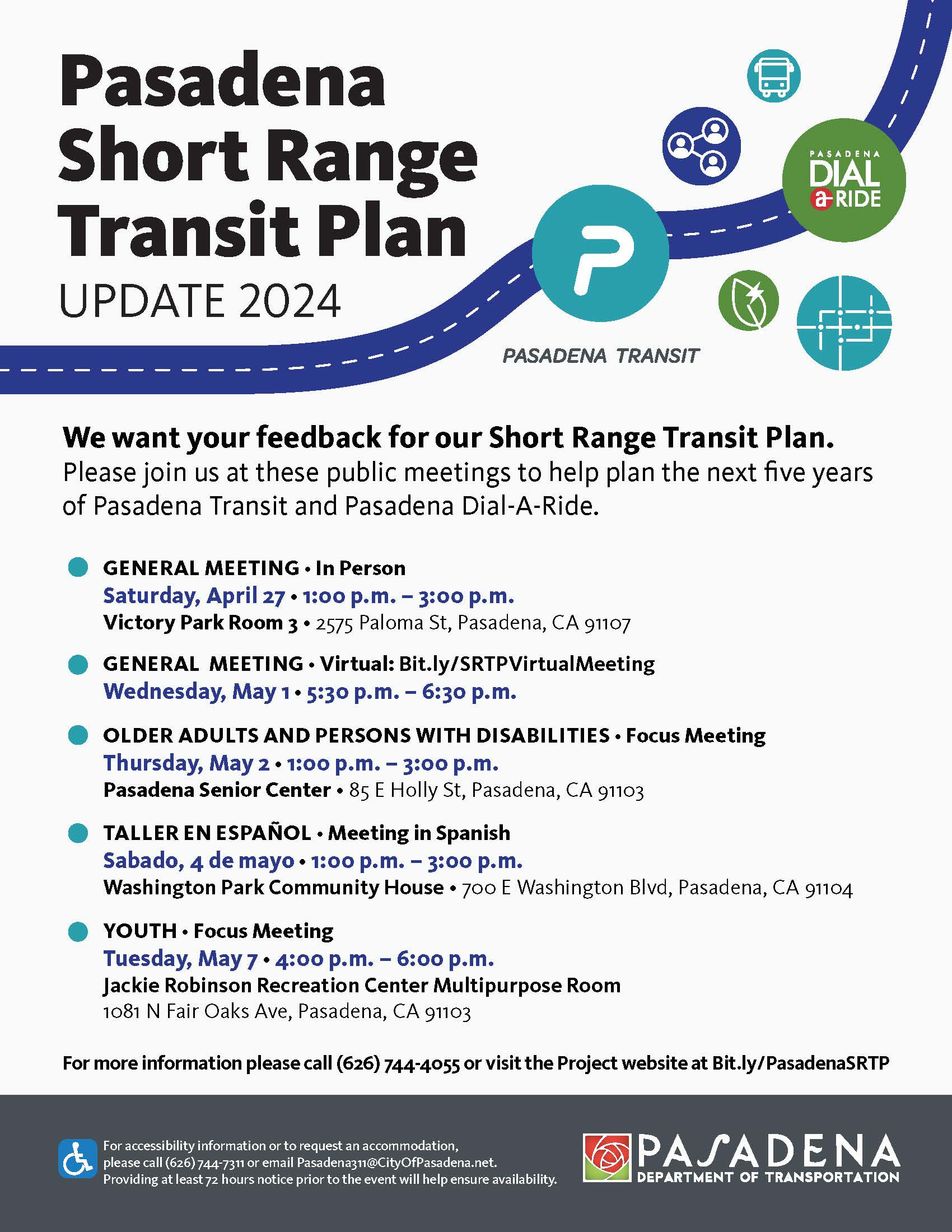Research Bolsters Case for Cycle Tracks While AASHTO Updates Guide
12:09 PM PDT on April 27, 2011
For decades, dueling camps of cycling advocates have feuded about how to best accommodate riders. Some have pushed for the construction of Dutch-style cycle tracks, arguing that separated lanes make bicycling safer and less intimidating, while others have insisted such infrastructure isolates riders and makes cycling more dangerous than simply remaining within the flow of traffic.
Though the debate has grown bitter at times, neither group has had much in the way of rigorous peer-reviewed research to argue their case through the years. However, in the last decade a small but energetic group of academics has started to publish regularly on the topic.
The latest salvo, published online in February and in the current edition of Injury Prevention, comes from Harvard University researcher Anne Lusk. Her study compares crash rates at six cycle tracks in Montreal to nearby streets that had no bicycle facilities, and bolsters the argument that cycle tracks are safer. Lusk found that relative risk of injury was 28 percent lower on cycle tracks compared to the on-street routes.
In addition, she found that about 2.5 times as many cyclists used the cycle tracks than the on-street routes. The finding agrees with the conclusions of a number of other recent studies that show protected bicycle lanes improve safety and help attract new riders.
While cycle tracks are common in European countries, they remain rare in America due to institutional inertia. That inertia was not countered effectively enough by a bicycling movement divided over anti-cycle track arguments made by vehicular cycling advocate John Forester, author of Effective Cycling, in the 1970s and 1980s.
As Jeff Mapes recounts in Pedaling Revolution, Forester helped codify and popularize the idea that cyclists fare best when they are treated as "drivers" of vehicles. He encouraged riders to take the full lane when needed, avoid riding on sidewalks, and move with the flow of traffic.
He also vigorously opposed bike infrastructure, fearing that bike lanes and cycle tracks would give authorities an excuse to ban recreational riders from the road. And he argued cycle tracks and other types of bike infrastructure were more dangerous than on-road riding.
Though a shrill and controversial figure, Forester had an undeniable influence on cycling standards in the United States. He served as the President of the League of the American Wheelman (now the League of American Bicyclists) beginning in 1979, and developed a training program called Effective Cycling that the League adopted.
Within a few years, however, the League warmed to bike infrastructure and he was pushed out. Much to his chagrin, the League started using a slimmed-down version of his training program.
Despite the constant controversy surrounding Forester, one organization that wholeheartedly embraced his ideas was the American Association of State Highway and Transportation Officials. AASHTO's influential design guide, which serves as the blueprint for most of the nation’s bike infrastructure, echoes many of his arguments about bicycle infrastructure.
The guide, last updated in 1999, recommends strongly against putting separated bike paths near roads for safety reasons, though it doesn’t mention cycle tracks explicitly. And it leaves out many of the more innovative and promising types of infrastructure -- such as buffered contraflow lanes -- entirely.
This has led, Lusk argues, to the widespread installation of standard bike lanes rather than separated cycle tracks in the United States, an approach that has reduced the number of people -- especially women, children, and seniors -- who find cycling safe.
Lusk notes, for example, that due to more than 29,000 kilometers of cycle tracks in the Netherlands, 27 percent of trips made in that country are made by bicycle, 55 percent of riders are women, and the injury rate is low. In the United States, in contrast, just one-half of one percent of commuters bike to work, only 24 percent of adult cyclists are women, and the injury rate is at least 26 times that of the Netherlands.
AASHTO began circulating an updated draft of its guide in February for comments. Unfortunately, the updated draft, though somewhat more inclusive, still leaves out critical life-saving types of infrastructure -- notably cycle tracks and buffered bike lanes.
According to Fairfax Advocates for Better Bicycling, AASHTO has already received more than 1,500 comments on the revised guide and hopes to produce a revised draft by May or June.
Leaving cycle tracks out of the guide would alienate most cycling advocates. Some American cities have already started installing cycle tracks, and an alternative guide produced by the National Association of City Transportation Officials includes many of the same promising types of infrastructure that AASHTO continues to omit.
Though AASHTO has taken some positive steps to create national bicycle routes, the group recently raised the ire of cyclists for arguing that state DOTs shouldn’t be required to adhere to a new federal policy that puts pedestrians and cyclists on a more equal footing with motorists. They've reversed that policy. Here's hoping they reverse their aversion to cycle tracks as well.
Stay in touch
Sign up for our free newsletter
More from Streetsblog Los Angeles
Freeway Drivers Keep Slamming into Bridge Railing in Griffith Park
Drivers keep smashing the Riverside Drive Bridge railing - plus a few other Griffith Park bike/walk updates
This Week In Livable Streets
Bike Month, Hyperion street safety, Eastside rail plans, Pasadena transit, CicloIRVINE, Culver City bus service, and more
Active Streets Mission-to-Mission – Open Thread
Tens of thousands of participants biked, walked, skated and scootered on car-free streets through San Gabriel, South Pasadena and Alhambra


